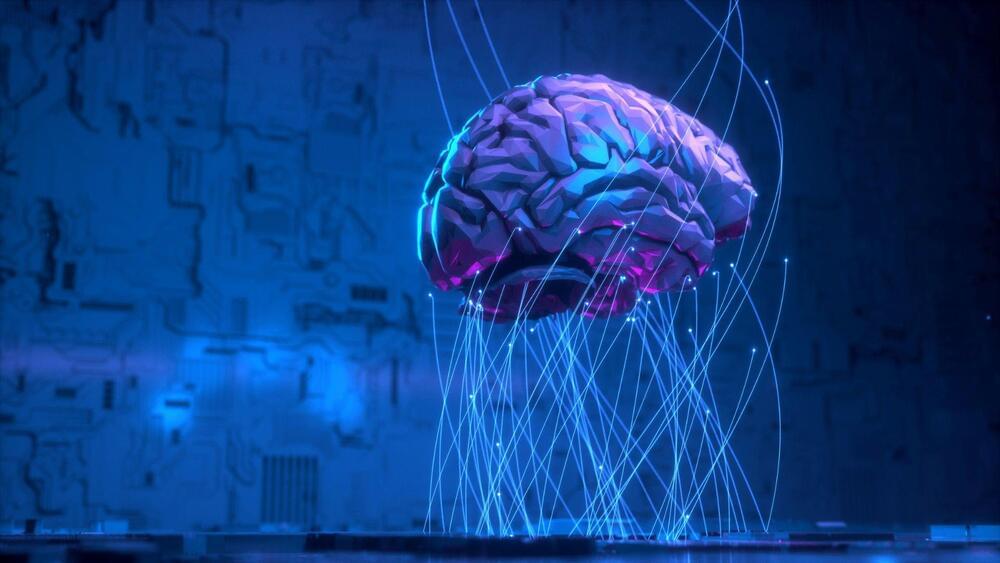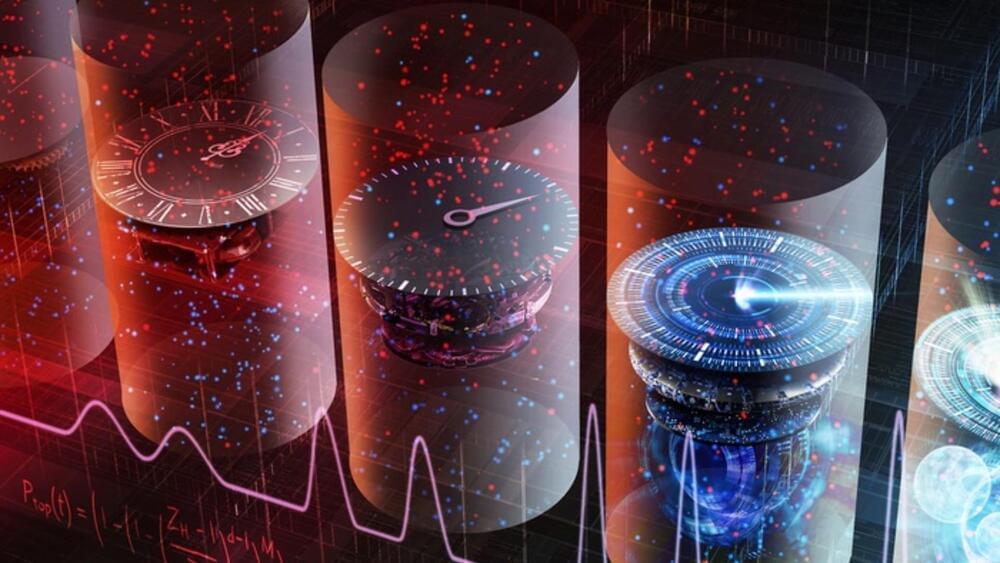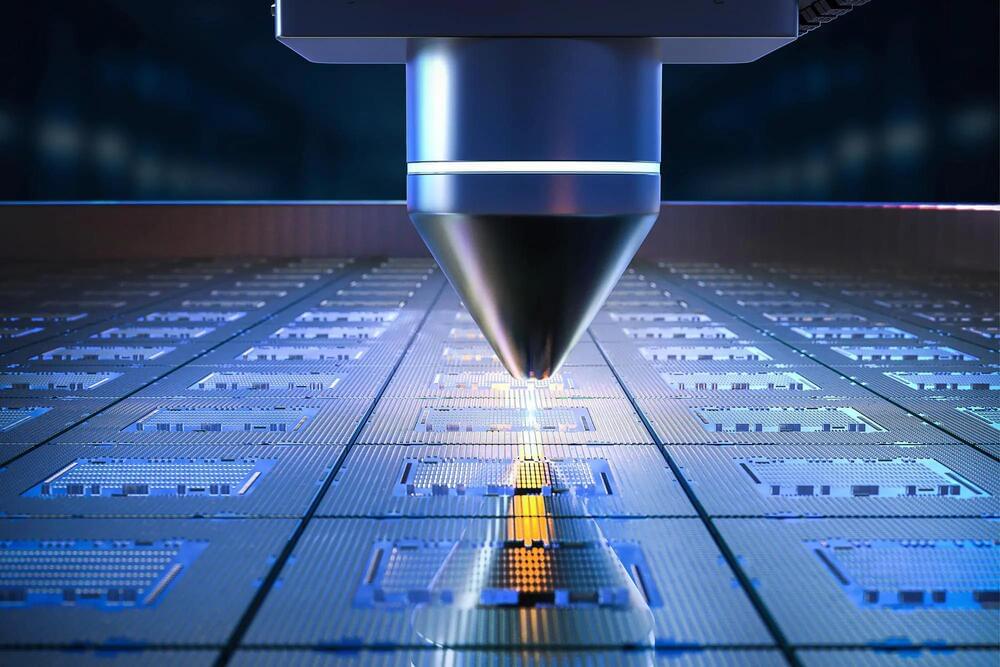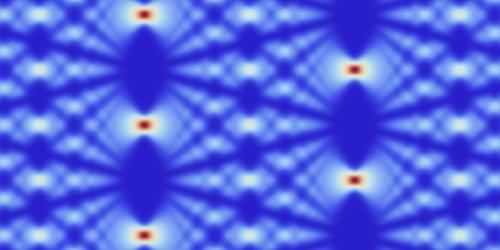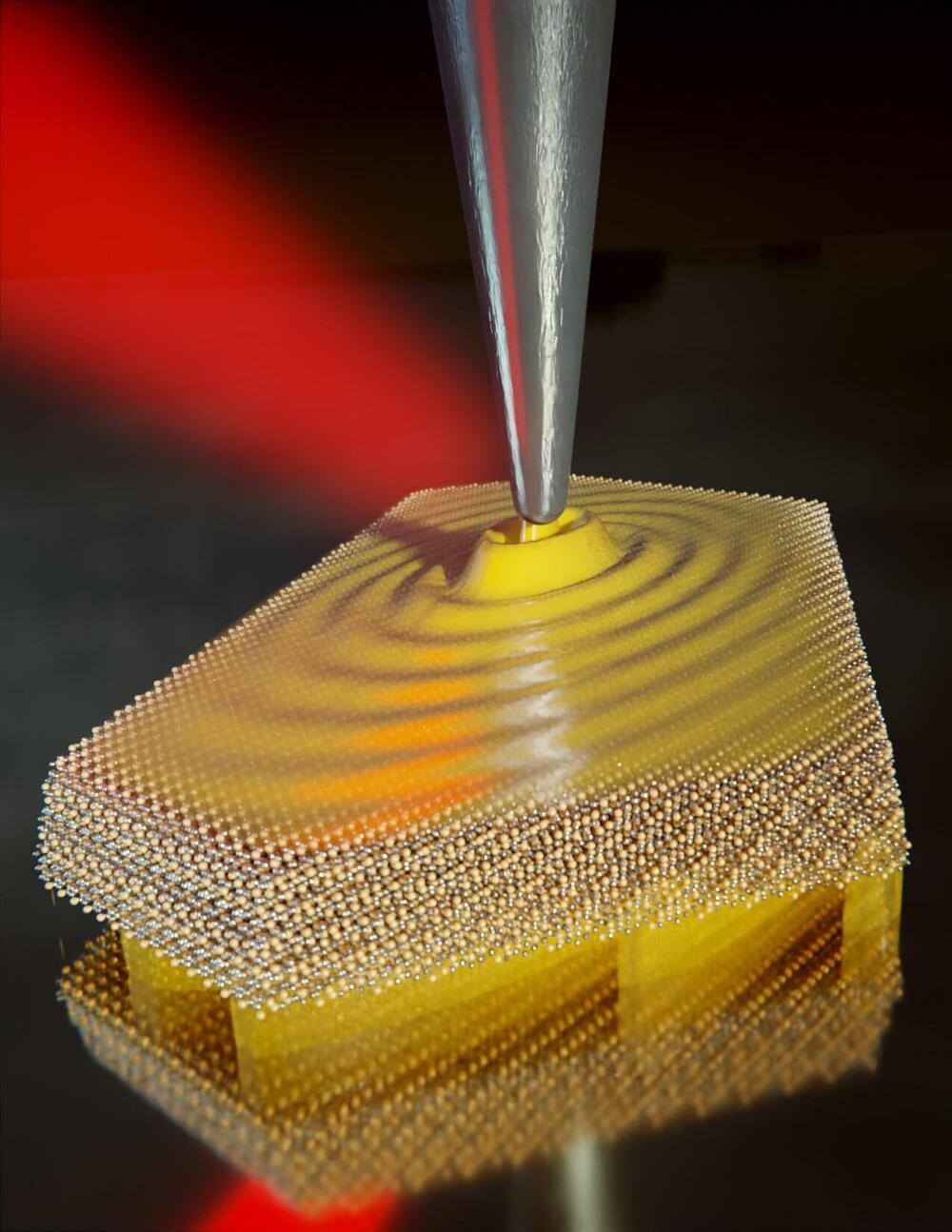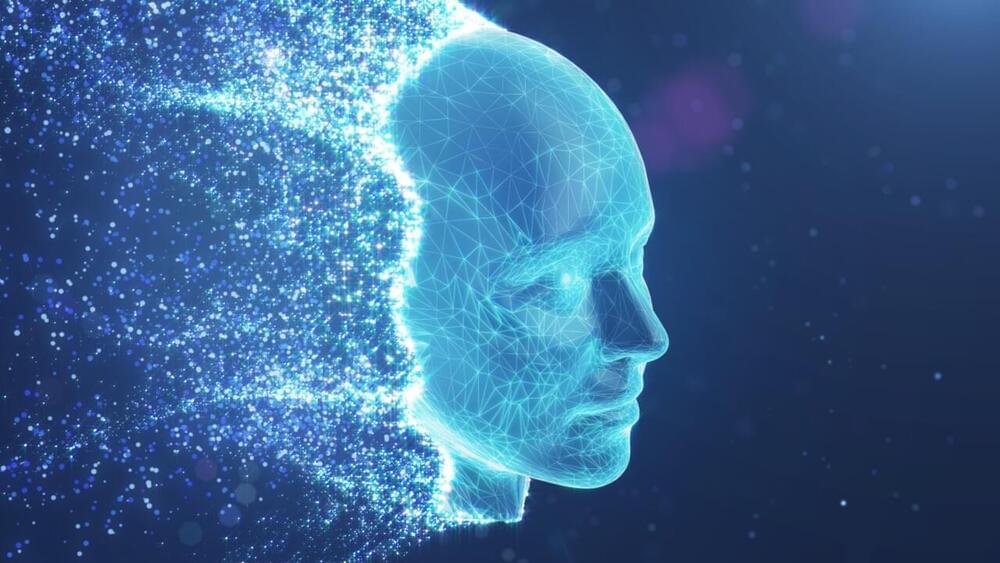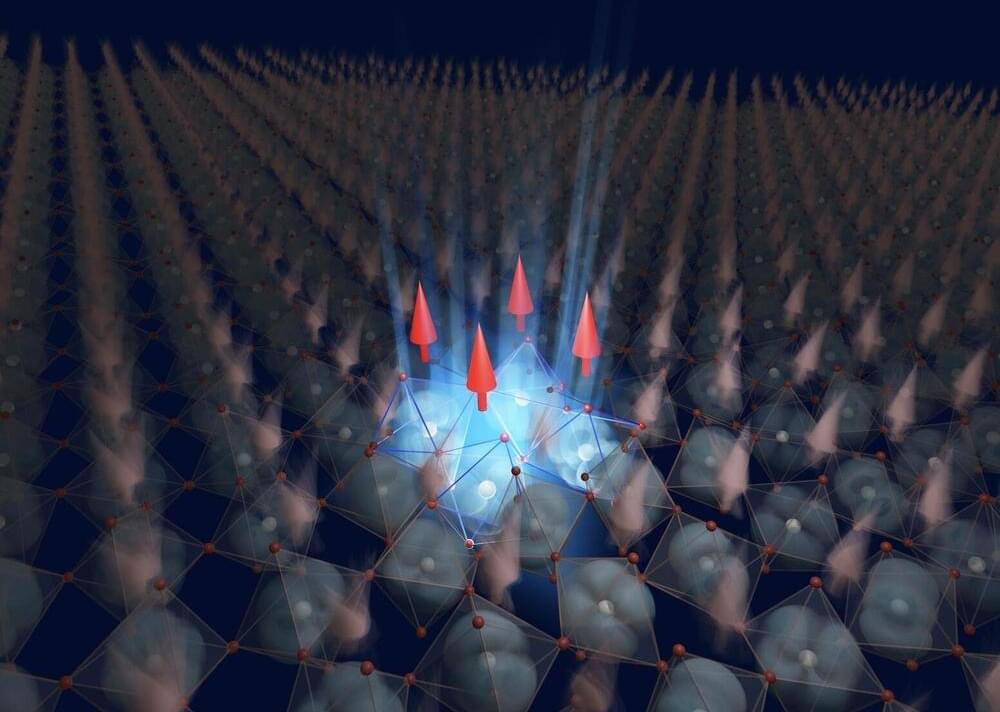The development demonstrates that China is allegedly at the forefront of the “white-hot technology war between China and the US,” claims Chinese state-run media.
This development encourages the application of brain science research and demonstrates that China is allegedly at the forefront of the “white-hot technology war between China and the US,” according to Chinese state-run media reports on Friday evening.
Chinese researchers claim to have successfully conducted the “world’s first” brain-computer interface (BCI) experiment on a monkey, showcasing China’s BCI technological breakthrough.
“The success of the first animal trial is a breakthrough from zero to one, but getting the success to the clinic is a process from 1 to 100, so we still have a long way to go,” said Ma Yongjie, a neurosurgeon at Beijing-based Xuanwu Hospital Capital Medical University.
